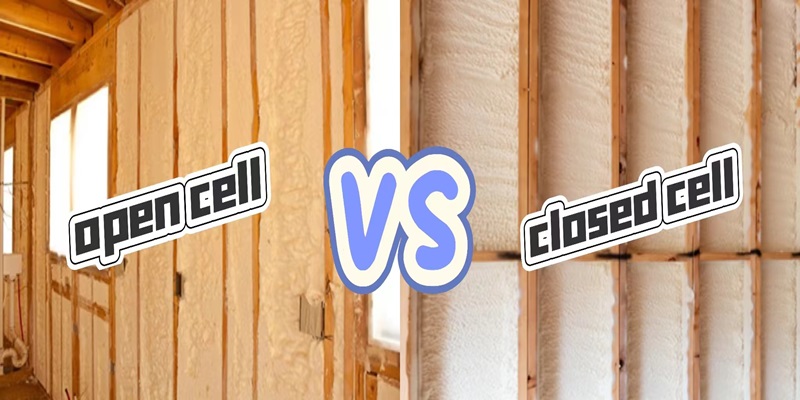Spray Polyurethane Foam (SPF) roofing has gained increasing popularity in recent years, especially among commercial building owners looking for energy-efficient, long-lasting, and cost-effective roofing solutions. But what exactly is SPF roofing, how does it work, and is it safe for people and the environment? Let’s explore the answers from a professional polyurethane catalyst manufacturer’s perspective.
What Is SPF Roofing?
Spray polyurethane foam roofing is a seamless, fully adhered roofing system that is created by mixing two liquid components—isocyanate (A) and polyol (B)—under controlled conditions of high temperature and pressure. These components are transported through heated high-pressure hoses and combined at the spray gun at approximately 115–130°F. Upon contact, the chemicals react rapidly and expand into a rigid, closed-cell foam that adheres to the substrate and cures into a durable, lightweight, and waterproof roofing membrane.
This type of roofing is widely used on commercial, industrial, and institutional buildings. Its seamless nature prevents leaks, while its insulating properties improve energy efficiency by reducing HVAC costs.
Open-Cell vs. Closed-Cell Foam in Roofing
- Closed-cell SPF is the most common choice for roofing applications due to its high compressive strength, water resistance, and thermal insulation properties.
- Open-cell SPF, while lighter and more flexible, is generally used for interior insulation and soundproofing, not for roofs.
How Is SPF Roofing Applied?
SPF roofing systems are applied on-site by trained professionals using specialized spray equipment. The A and B chemical components are stored in separate containers and pumped via high-pressure hoses to the spray gun. Proper pressure, temperature, and mixing ratios are critical for successful application and foam performance.
At the core of this reaction are polyurethane catalysts, which control the reaction speed, balance the foaming and gelling processes, and influence the final properties of the foam. Our catalysts, such as MXC-5 and MXC-8, are tailored for SPF systems to ensure efficient reactivity and foam quality.
Is Spray Polyurethane Foam Safe?
This is a common question among building owners, contractors, and sustainability advocates.
The short answer is: SPF itself is not toxic, but its safety depends on the formulation—especially the chemical additives involved in production.
During and shortly after application, volatile organic compounds (VOCs) can be released from certain additives like blowing agents and flame retardants. Some of these VOCs may have a high global warming potential (GWP) or cause irritation upon direct exposure. This is why proper safety measures, including PPE and ventilation, are essential during installation.
At Mingxu New Materials, we focus on low-VOC polyurethane catalysts, like MXC-5 and MXC-8, which help reduce off-gassing, allergic reactions, and environmental impact. These catalysts maintain high performance while supporting sustainability goals in modern foam formulations.
The Importance of Choosing the Right Catalysts
Catalysts play a vital role in ensuring the efficiency, durability, and environmental performance of SPF roofing systems. A well-balanced catalyst system ensures:
- Controlled reactivity for proper foam expansion and adhesion
- Optimized cure time for job site efficiency
- Low emissions to meet increasingly strict health and environmental regulations
Our product line of amine and metal-based polyurethane catalysts is specifically engineered for SPF systems and is compatible with both traditional and next-generation low-GWP formulations, including HFO-based systems.
Conclusion
Spray polyurethane foam roofing offers a versatile, high-performance solution for modern commercial roofing. While concerns about safety are understandable, today’s formulations—with the right choice of low-emission catalysts and sustainable additives—make SPF roofing a safe, energy-efficient, and environmentally conscious option.
Post time: Jun-17-2025

